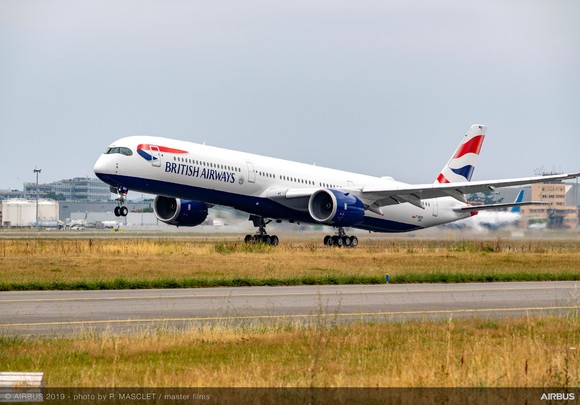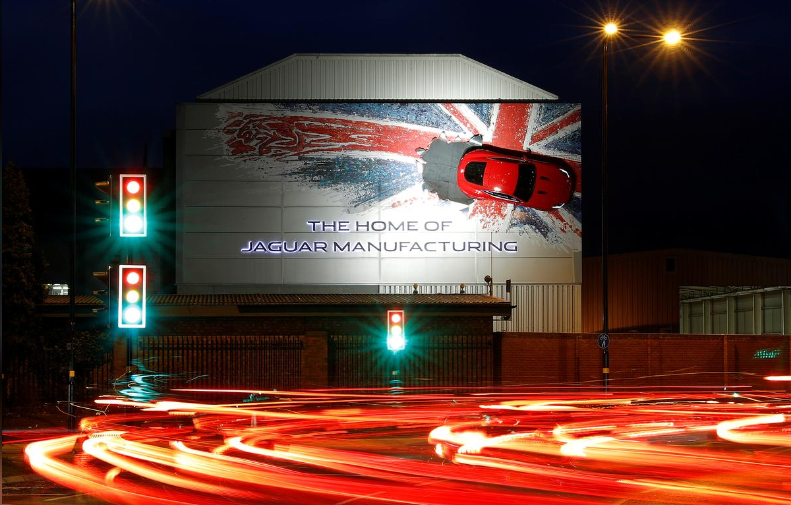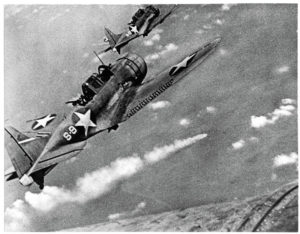Saab and Vū Systems are launching a Next Generation Enhanced Flight Vision System (EFVS) solution using new passive millimetre wave (PMMW) technology, enabling pilots to see and land in low-visibility conditions at all times.
The Saab Vū EFVS enables commercial operators to maintain their schedule, while their competitors are forced to delay or cancel flights. It is the first system to provide reliable performance, unlocking access to airports in all weathers, without the need for conventional CATII/III infrastructure. The new Saab Vū EFVS provides the ability for take-off and landing in adverse weather conditions, including zero-visibility environments.
“The new system offers unmatched operational and safety advantages. Being able to take-off and land in low to zero-visibility environments radically reduces costs, increases safety and reduces environmental impact. This benefits pilots, operators and society as a whole. We are proud to be working together with Vū Systems to make this significant innovation commercially available,” says Jan Widerström, head of business unit Avionics Systems, within Saab business area IPS.
Every year, commercial aviation all over the world incurs massive financial losses as a result of delays and cancellations due to low visibility weather. In the USA alone, these additional costs amount to billions of dollars.*
To provide a solution to the impact of weather on U.S. flight operations, new FAA regulations (14 CFR 91.176) now permit landing without natural vision. The new regulations are performance based, meaning the performance of the EFVS sensor is critical to the operational value. The performance of the current EFVS sensors is limited by the atmospheric attenuation in the infrared band.
The Saab Vū EFVS solution is not affected by weather, enabling pilots to achieve Equivalent Visual Operations (EVO) and see runways at distances of two miles and more in zero-visibility conditions.
“This strategic arrangement with Saab means we can supply this revolutionary technology through a qualified supply chain to larger commercial customers, benefiting the aviation industry globally, by enabling them to take off and land when their competitors cannot,” says Stedman Stevens, CEO at Vū Systems.
Through a strategic partnership with Vū Systems, who developed the first commercially available PMMW sensor, Vū Cube, the Saab Vū EFVS exceeds the new regulatory performance goals. This unique solution comprises a new, sophisticated PMMW sensor and software that optimizes the sensor images with IR and synthetic vision, projected on the new Saab Head-Up Display (HUD). It provides pilots with the complete solution and the means necessary to land safely regardless of thick fog, snow, rain, smog, dust, smoke and clouds.







